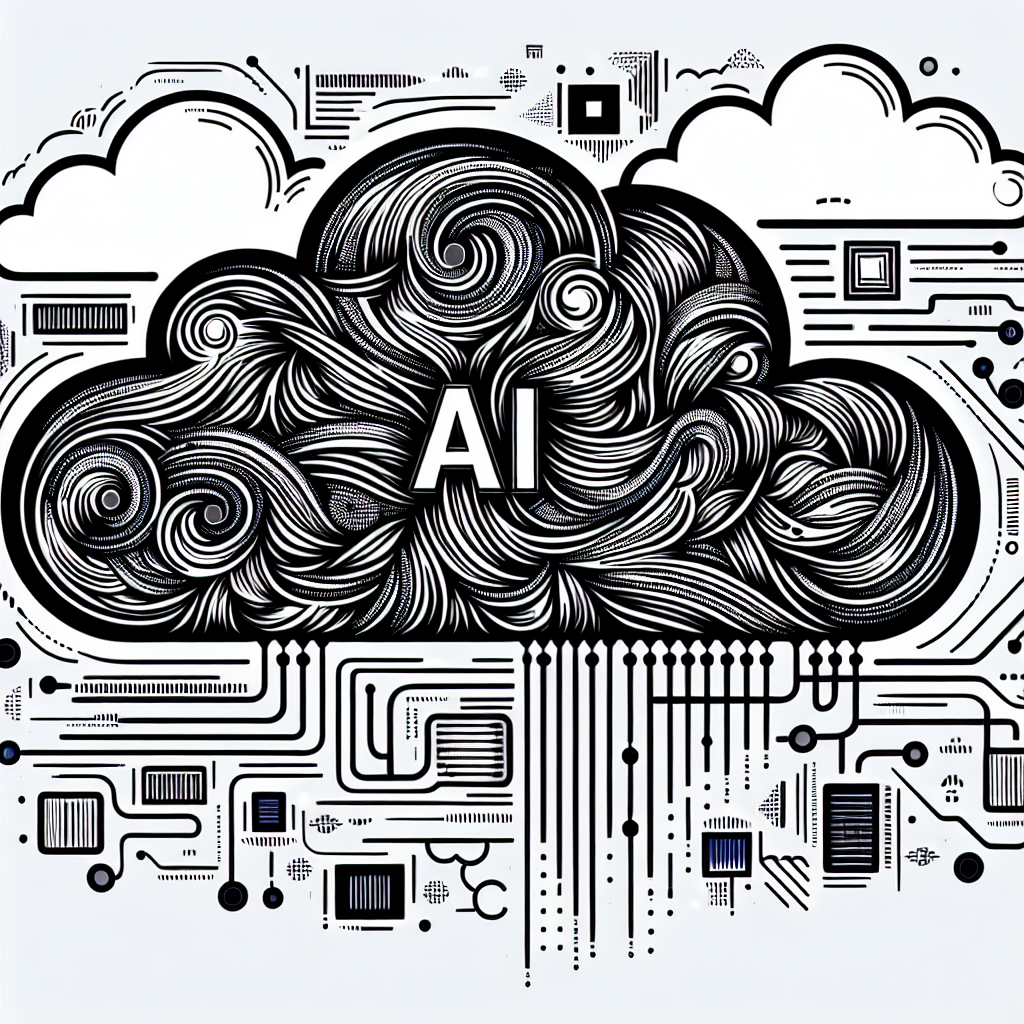As businesses continue to migrate their operations to the cloud, the costs associated with cloud services can quickly add up. In order to maximize the benefits of cloud computing while keeping costs in check, many organizations are turning to AI-driven cloud cost optimization strategies.
AI technology has the ability to analyze vast amounts of data and provide insights that can help businesses make more informed decisions about their cloud spending. By leveraging AI-driven tools, organizations can identify areas where costs can be reduced, optimize resource utilization, and ensure that they are getting the most value out of their cloud investments.
There are several key strategies that businesses can implement to optimize their cloud costs using AI technology:
1. Predictive Cost Modeling: AI-driven tools can analyze historical usage data and predict future cloud costs based on current trends. By using predictive modeling, organizations can anticipate spikes in usage and adjust their resources accordingly to avoid unnecessary costs.
2. Resource Right-Sizing: AI algorithms can analyze resource utilization patterns and suggest right-sizing recommendations to match workload demands. By right-sizing resources, businesses can ensure that they are only paying for the capacity they actually need, leading to cost savings.
3. Automated Instance Management: AI can automate the process of managing cloud instances, including scaling up or down based on workload demands. This automation can help optimize resource utilization and minimize idle instances, reducing costs in the process.
4. Spot Instance Utilization: AI-driven tools can identify opportunities to use spot instances, which are spare computing capacity offered at a discounted price by cloud providers. By leveraging spot instances for non-critical workloads, organizations can significantly reduce their cloud costs.
5. Containerization: AI can optimize container usage by analyzing resource allocation and scaling containers based on workload demands. By containerizing workloads, businesses can improve resource utilization and reduce costs by only paying for the resources that are actually being used.
6. Cost Allocation and Tagging: AI can help businesses track and allocate cloud costs to specific teams, projects, or departments through automated tagging and cost allocation. By accurately attributing costs, organizations can better understand their spending patterns and make informed decisions about resource allocation.
7. Continuous Optimization: AI-driven tools can continuously monitor cloud usage and costs, providing real-time recommendations for cost optimization. By continuously optimizing cloud resources, businesses can ensure that they are always getting the best value for their cloud investments.
FAQs:
Q: How can AI help businesses optimize their cloud costs?
A: AI technology can analyze vast amounts of data to identify cost optimization opportunities, such as right-sizing resources, automating instance management, leveraging spot instances, and optimizing container usage.
Q: What are the benefits of using AI-driven cloud cost optimization strategies?
A: By leveraging AI technology, businesses can reduce cloud costs, improve resource utilization, and ensure that they are getting the most value out of their cloud investments. AI-driven tools can provide real-time insights and recommendations for cost optimization, leading to significant cost savings.
Q: Are AI-driven cloud cost optimization strategies suitable for all businesses?
A: AI-driven cloud cost optimization strategies can benefit businesses of all sizes and industries. Whether an organization is just starting their cloud journey or looking to optimize existing cloud deployments, AI technology can help identify cost-saving opportunities and improve overall cloud efficiency.
Q: How can businesses get started with AI-driven cloud cost optimization?
A: Businesses can begin by evaluating their current cloud usage and costs, identifying areas where optimization is needed. They can then explore AI-driven tools and services that can help automate cost optimization processes and provide real-time insights for better decision-making.
In conclusion, AI-driven cloud cost optimization strategies can help businesses maximize the benefits of cloud computing while keeping costs in check. By leveraging AI technology to analyze usage data, right-size resources, automate instance management, and continuously optimize cloud costs, organizations can achieve significant cost savings and improve overall cloud efficiency. With the right tools and strategies in place, businesses can ensure that they are getting the most value out of their cloud investments.

